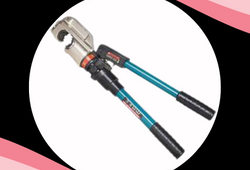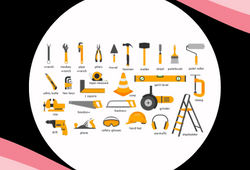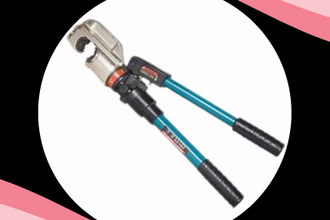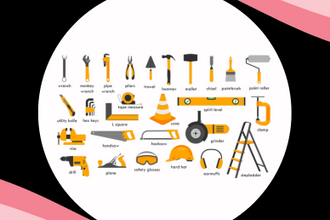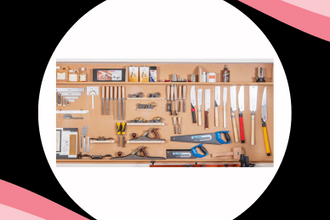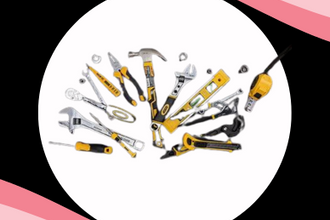Struggling to measure narrow gaps or uneven slots accurately can lead to costly mistakes and wasted time. If you've often been frustrated by imprecise measurements or tools that don't fit the job, a taper gauge might be the solution. It provides reliable, accurate readings every time.

What Is a Taper Gauge?
A taper gauge is a slim, flat metal tool shaped like a wedge. It has a broad base that gently slopes to a fine tip. This tool is mainly used to measure gaps, slots, or clearances. Think of it as a measuring scale that slides into tight spaces to give you a precise reading.
Some taper gauges come with measurements written in both millimeters and inches. This makes it super helpful for different types of jobs.
Taper Gauge Uses
So, what can you do with a taper gauge? Here are a few common uses:
-
Take measurements of small spaces such as holes, narrow slots, and grooves.
-
Check clearances between machine parts
-
Test alignment in metalworking and carpentry
-
Inspect tools and equipment for proper spacing
It’s a small tool, but very handy in many jobs!
Working Principle of Taper Gauge
A taper gauge works by sliding its gradually thickening blade into a gap or opening. As it moves in, the tool stops when it can no longer fit. The point where it stops shows the gap size on the scale marked along the blade. This lets you measure the width of the space quickly and accurately. The tool does not require setup or calibration. Its tapered shape and marked readings do all the work. It provides an easy and accurate method to check gaps. That’s why it’s often used in mechanical and industrial settings.
How to Use a Taper Gauge
Using a taper gauge is easy. Here’s how to do it:
-
Clean the area you want to measure.
-
Take the taper gauge and gently slide it into the gap or opening.
-
Stop when you feel resistance.
-
Read the measurement where the ruler stops.
That’s it! You get a fast and accurate reading without much effort.
Taper Gauge Price Range
Taper gauges are affordable tools. Prices vary depending on the brand, size, and materials used. On average:
Basic taper gauges cost around \$5 to \$15
High-quality stainless steel models range from \$20 to \$50
Special types like conical taper gauges, may cost more
These tools are widely available both online and in hardware stores.
FAQs
1. What is a taper gauge measurement?
Taper gauge measurement occurs when a tapered tool is inserted into a gap or opening. You check the marking on the gauge where it stops to know the size of the space.
2. What is a conical taper gauge?
A conical taper gauge is a cone-shaped measuring tool. It's commonly used to check the size of circular openings or holes. It works similarly to a flat taper gauge, but fits better in circular spaces.
3. Is a taper gauge better than a feeler gauge?
Both are useful, but in different ways. A taper gauge slides in and gives you a range of measurements, while a feeler gauge gives fixed thickness readings. It depends on what you need.
4. Can I use a taper gauge for pipes?
Yes, but only if the pipe has a small enough opening. For larger pipes, you might need a bigger tool or a digital gauge.
Conclusion
Taper gauges are affordable tools. No matter if you’re a hobbyist or a professional, having one in your toolkit is a smart choice. In our opinion, adding a taper gauge to your collection is one of the best ways to enhance accuracy without breaking the bank. It’s a straightforward tool that makes a big difference in measuring tight spaces. Take control of your measurements—choose a taper gauge and experience accuracy like never before!




